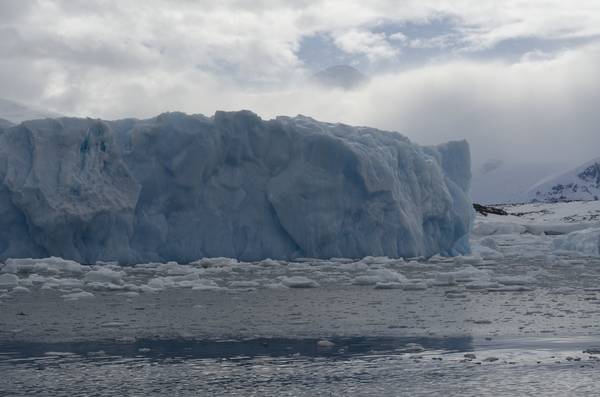Abstract: Applied Geophysical Research in Antarctica
Wilfried Jokat
Alfred Wegener Institute, Bremerhaven
 On a global scale Antarctica is the continent with the highest elevation. Its surface is characterized by an up to 4 km thick ice sheet with only few outcrops (2%) providing a window to the sub glacial geology of the continent. During its geological history, the shape of the continent was dramatically modified during river and glacial erosion. This material was deposited for almost 170 Myrs in the adjacent ocean basins. Ship and airborne geophysical methods as well as facts about subglacial geology, ice dynamic and the amount of erosion the Antarctic continent faced in the past provide constraints on the ice thickness.
On a global scale Antarctica is the continent with the highest elevation. Its surface is characterized by an up to 4 km thick ice sheet with only few outcrops (2%) providing a window to the sub glacial geology of the continent. During its geological history, the shape of the continent was dramatically modified during river and glacial erosion. This material was deposited for almost 170 Myrs in the adjacent ocean basins. Ship and airborne geophysical methods as well as facts about subglacial geology, ice dynamic and the amount of erosion the Antarctic continent faced in the past provide constraints on the ice thickness.
The most effective tool to gather information about the geological history of the continent are air surveys, which provide information for marine geophysical investigations on glacial processes/dynamics even in ice covered areas.
The presentation will give an overview on the geophysical methods mainly used in Antarctica in view of the most recent results from the working areas. This includes the specific problems scientists face working in such a harsh enviroment.